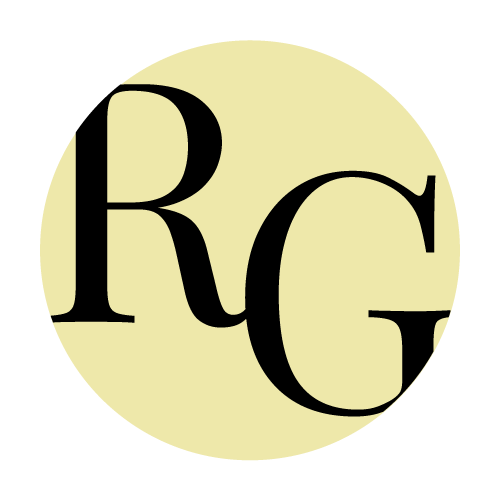Parshat Parah
On the Shabbat immediately following Purim we gather together[1]
to read Parshat Parah in the Synagogue;
The sages instituted the reading of the Para Aduma at this time of
year to specifically remind us of the purification process that was an
essential part of the Pesach preparations. One who was made impure
through contact with the dead and other kinds of ritual impurities was
not only forbidden from entering the Beit Hamikdash but was forbidden
to partake in the Korban Pesach which was a lamb roasted and eaten
communally. Interestingly[2] this important Parsha can be read on a
subsequent Shabbat until the festival of Pesach commences..
The usage of the symbolic cow was also for another reason, the
Children of Israel having incorrectly worshipped the Golden Calf[3]
were now commanded to be involved with a different Spiritual work with
the Para Aduma; it is interesting to consider that many of the laws of
washing the hands are learned out from this Parsha[4] – This is a
fundamental Torah concept: despite major issues, sins, damage having
been performed the Torah provides us with a mechanism to correct the
damage – this idea of Tikkun is essential and calls our narrative back
to the Garden of Eden and the necessity of the Human being to
undertake self-correction of themselves and seek betterment and
mastery over their lower nature.
There have been only nine such heifers in history, and tradition
informs us that there will be another in the future times of the
Moshiach – may it come speedily: in September 2022 through a joint
effort established between a Christian ministry, Boneh Israel, and The
Temple Institute in Jerusalem, 5 kosher red heifers were transported
from Texas to Israel!
The Midrash[5] explains that King Solomon wrote in the book[6] Kohelet
(known in English as Ecclesiastes), “I had said I would become
wise—but it is far from me.” The Midrash explains, “With all the other
[laws of the Torah] I held my footing (understood), but when it comes
to the teaching of the red heifer although I analysed, I asked and I
researched [it was without full understanding].”
The reason for this is that the Mitzvah of the Red Heifer is
understood as a Chok – that is, a law without a rationality behind it:
The Mitzvot are divided into two general categories: Mishpatim
(logical “laws” or “judgements”) and Chukkim (“decrees” that do not
necessarily have a logical component).
Examples of Mishpatim are Mitzvot such as giving charity or laws
prohibiting and punishing theft and murder – it seems logical to us
that we would have created these laws and instituted them as socially
important concepts and fundamental laws through logical reasoning
alone.
The Chukkim are those mitzvot by contrast, such as the dietary laws
of Kosher or the laws of Niddah (family purity), which we accept as
divine decrees, despite their inability to be reduced to purely
logical requirements.
A third category called Eidot (“testimonials”), occupies the middle
ground between the (Chukkim) decrees and the (Mishpatim) laws. An
Eidot is a mitzvah which commemorates or represents something — e.g.,
the commandments to put on tefillin, rest on Shabbat, or eat matzah on
Passover. These are laws which we would not have devised on our own,
certainly not in the exact way the Torah commands; nevertheless, they
are rational acts only once their profound significance is explained
to us, we can appreciate them on an intellectual level.
One must ask the question to what advantage is it that some of the
Laws of the Torah are not logical – or at times even run contrary to
how we might think things should be done?
One answer is that the exercise of being humble before Hashem has an
important prerequisite step:
We live in a world where through the mechanisms of science and
technology we delve into the mysteries of the physics of the universe
and use high-powered electron microscope to gaze into the hidden
structure of life and other materials, we map the cosmos and are able
to communicate to each other at almost instantons speeds across the
globe, each of us has direct access to more and more information in
our pocket than the greatest libraries could ever hold. Such a world
is capable of producing a creature who does not remember that our
existence is a powerful and exciting mystery, that no matter how much
we might understand the created world, God[7] is not part of Creation.
In the same way that the pottery does not resemble the artist who
forms it: the lack of physicality and corporeality makes understanding
Hashem in a true sense impossible – His Torah also has elements that
even the wisest and greatest scholars, even King Solomon himself were
not able to perceive and understand – our Torah perspective is that no
matter what we already know, no matter what we will discover, the
mystery of life, God and our faith will continue to be profoundly
beyond our ability to understand and quantify.
Shabbat Shalom!
Rabbi Jonathan Goldschmidt 2024 ©
________________________________
[1] Beit Yosef: OC 685; OC 146:2; 685:7 – many authorities understand
that it is Rabbinical requirement to hear the reading – Halachic
authorities agree that the Kohanim were required by the Torah to read
the Parshat Para passages as they were the ones who would practically
prepare the Para Aduma.
[2] Aruch Hashulchan, OC 685:7.
[3] Bamidbar 19:22 (See Rashi there).
[4] Mishna Berura 159:1; see also Shaar Hatziun 159:1.
[5] Midrash Tanchuma: Chukat: 6
[6] Kohelet/Ecclesiastes: 7:23
[7] See Rambam: Mishneh Torah: Foundations of the Torah & Derech
Hashem: Foundations: The Creator.




